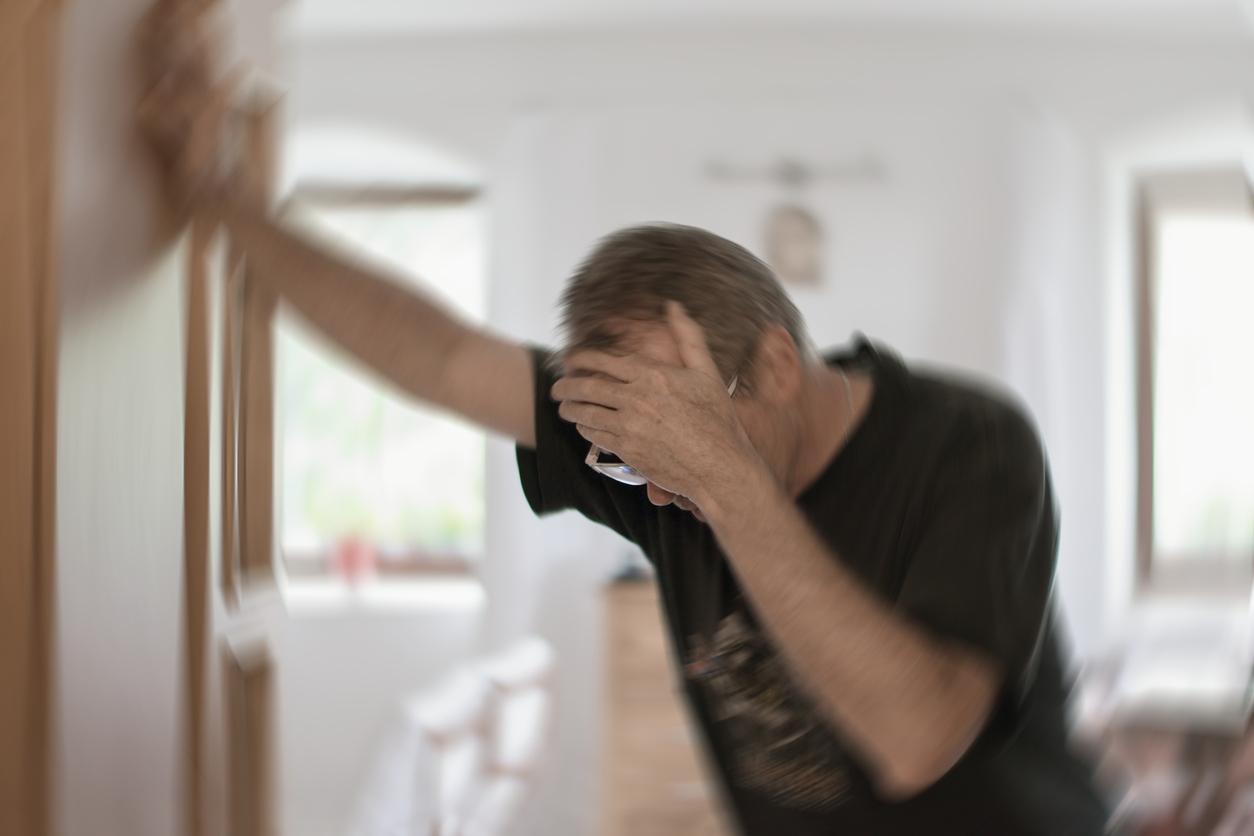Tested on patients with Parkinson’s disease, deep brain stimulation has corrected certain symptoms such as tremors in these patients. But for the first time, it was on patients suffering from the after-effects of a cerebrovascular accident (CVA), that doctors have successfully tried this technique which consists of implanting electrodes in the cerebellum to deliver small electrical impulses which help regain control of movements.
Patients who suffered from sequelae for 1 to 3 years
The positive results of this first phase 1 trial, published in the journal Nature Medicineshow that improvements in motor functions in patients who suffered from sequelae for one to three years.
It has now been 10 years since Dr. Andre Machado, President of the Neurological Institute of the Cleveland Clinic (USA) and his team patented the method of deep brain stimulation for stroke recovery. For this first phase 1 trial, the researchers recruited 12 patients with moderate to severe chronic hemiparesis of the upper limb following a stroke that occurred 12 to 36 months previously. These patients had electrodes surgically implanted in their brains, which were hooked up to a neurostimulation device.
Results considered significant
For a few weeks they kept this device turned off. Then they turned it on for 4-8 months. “It was after turning on the device that the most significant improvements were observed,” emphasizes Dr. Machado.
“We saw some patients whose motor improvements had largely plateaued more than a year after their stroke, regaining levels of motor function and independence that they did not have before entering the study.”
The study will be continued and other trials will be conducted with a larger group of patients.
Source : Cerebellar deep brain stimulation for chronic post-stroke motor rehabilitation: a phase I trialNature medicine, August 2023
















